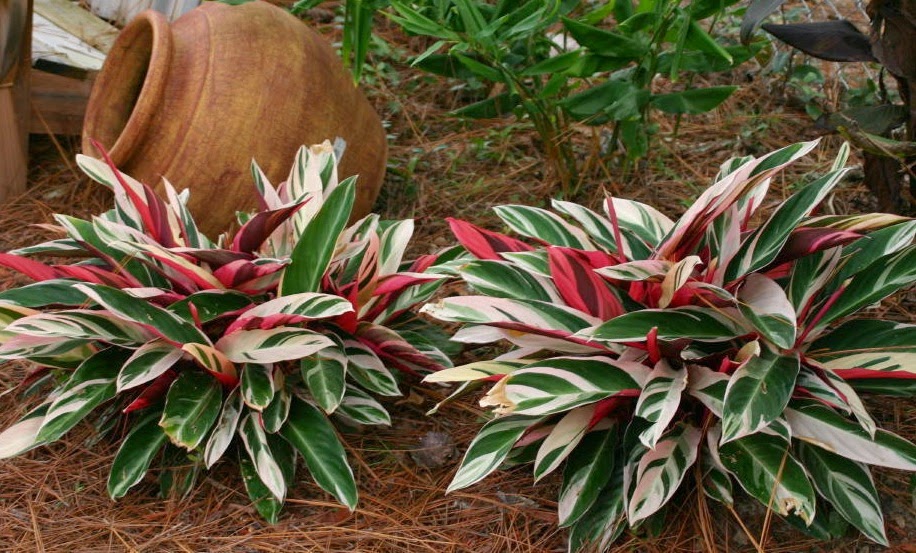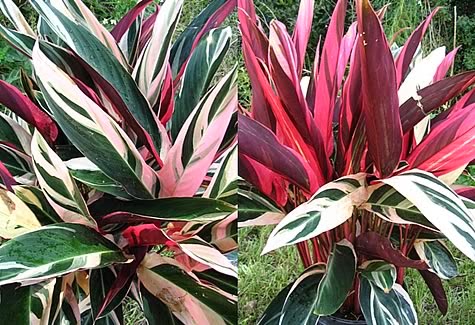|
|
 |
| Quercus palustris - Pin Oak |
It is a medium-sized deciduous tree growing to 18–23 m (60–75 ft) tall. And Bark grows up to 1 m (3.3 ft) diameter. It has an 8–14 m (26–46 ft) spread. The crown is broad conic when young, with numerous small branches radiating out from a central leader. When older, some upper branches become quite large and the central leader is lost, while the lower branches gradually droop downwards.
The leaves are 5–16 cm (2.0–6.3 in) long and 5–12 cm (2.0–4.7 in) broad. The leaves arranged alternately. Each leaf has five or seven lobes. Each lobe has 5-7 bristle-tipped teeth. The sinuses are typically u-shaped and extremely deep cut. In fact, there is approximately the same amount of sinus area as actual leaf area. The leaf is mostly hairless oily-green. Overall autumn leaf coloration is generally bronze, though individual leaves may be red for a time.
The fruits of Pin Oak are called the acorns. The acorns, borne in a shallow, thin cap, are hemispherical, 10–16 mm (0.39–0.63 in) long and 9–15 mm (0.35–0.59 in) broad, green maturing pale brown about 18 months after pollination. The acorn is unpalatable because the kernel is very bitter. It blooms in spring and the flowers color is yellowish-green. Pin Oak also plant for landscaping. It is cultivated in parks and large gardens in many countries.The wood is generally marketed as red oak, but is of significantly inferior quality, being somewhat weaker, often with many small knots. The wood is hard and heavy and is used in general construction and for firewood.
 |
| Pin Oak : Color Bronze |
 |
| Pin Oak Young Plants |
 |
| Pin Oak Leaves |
 |
| Pin Oak Bronze Color Leaves |
 |
| Pin Oak Leaves |
 |
| Pin Oak Flowers |
 |
| Pin Oak Flowers |
 |
| Pin Oak Acorns |
 |
| Pin Oak Fruits |
 |
| Pin Oak Seeds |
 |
| Pin Oak Bark |
 |
| Pin Oak Logs |
 |
| Pin Oak |
 |
| Pin Oak as ornamental tree |
 |
| Pin Oak Plantation side the road |
 |
| Pin Oak as Ornamental Tree |
































